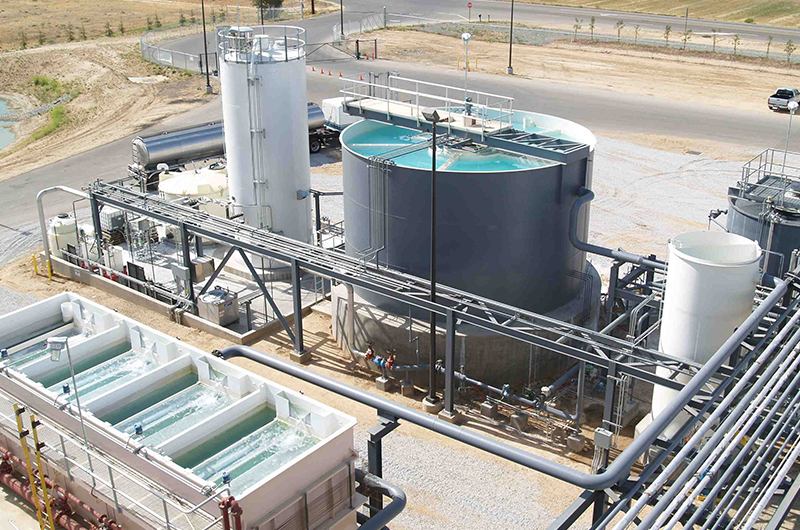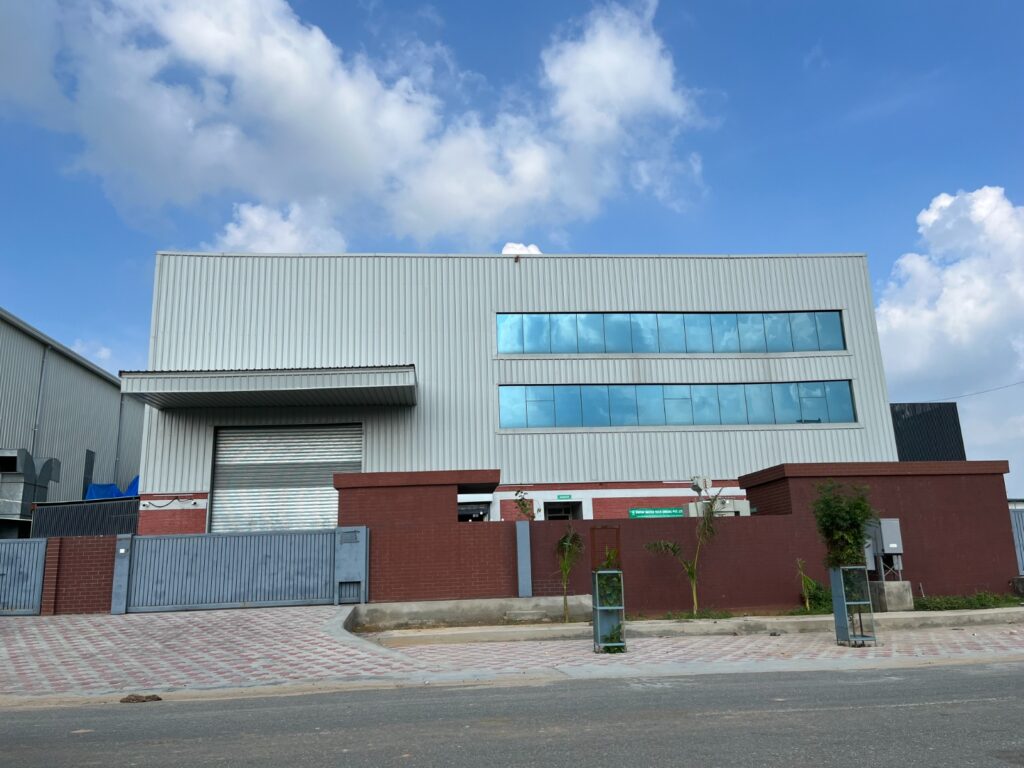Solutions
Zero Liquid Discharge System
Zero Liquid Discharge (ZLD) is an advanced water treatment process that aims to eliminate the discharge of liquid waste from an industrial or municipal facility. The goal of a ZLD system is to recover and reuse as much water as possible from the wastewater, leaving behind minimal or no liquid effluent.
Here’s an overview of how a Zero Liquid Discharge system typically works:
- Pre-Treatment: The wastewater undergoes pre-treatment processes to remove large solids, oils, grease, and other contaminants that could hinder the subsequent treatment steps. Pre-treatment may include screening, sedimentation, and oil-water separation.
- Primary Treatment: In the primary treatment stage, the wastewater enters settling tanks or clarifiers, where suspended solids and organic matter settle as sludge. The sludge is then separated and sent for further treatment or disposal.
- Secondary Treatment: The partially treated wastewater moves to the secondary treatment stage, where biological processes such as activated sludge, extended aeration, or sequencing batch reactors (SBR) are employed. These processes use microorganisms to break down and consume organic pollutants, further reducing their concentration in the water.
- Advanced Treatment: After secondary treatment, the water undergoes advanced treatment processes to achieve zero liquid discharge. This typically involves a combination of techniques such as reverse osmosis (RO), evaporation, crystallisation, and drying.
- Reverse Osmosis: In this step, the wastewater is subjected to high-pressure filtration through semi-permeable membranes, which effectively remove dissolved salts, inorganic compounds, and other contaminants. The resulting water, known as permeate, is relatively pure and can be reused or further treated.
- Evaporation: The remaining concentrated wastewater, known as brine or concentrate, is subjected to evaporation. Heat is applied to evaporate the water, leaving behind a highly concentrated solution.
- Crystallization: The concentrated solution is then processed through crystallisation units, where the dissolved salts and minerals solidify into crystals. These crystals are separated and collected for proper disposal.
- Drying: The remaining solid residue from the crystallisation process is further dried to remove any remaining moisture. The resulting dry solids can be disposed of or used for beneficial purposes such as land application or as a source of energy.
- Water Recovery and Reuse: Throughout the ZLD process, the treated water is recovered and recycled for various purposes within the facility, such as process water, cooling water, or equipment cleaning. By maximising water recovery, the ZLD system minimizes the need for fresh water intake.

The implementation of a Zero Liquid Discharge system offers several benefits:
- Environmental Compliance: ZLD systems help industries comply with stringent environmental regulations by eliminating liquid effluent discharge and reducing the impact on water bodies.
- Water Conservation: By recovering and reusing wastewater, ZLD systems significantly reduce water consumption and reliance on freshwater sources.
- Resource Recovery: ZLD processes allow for the recovery of valuable resources such as salts, minerals, and energy from the concentrated waste stream, promoting a more sustainable approach.
- Cost Savings: While ZLD systems require initial investment, they can lead to long-term cost savings by reducing water procurement costs, wastewater treatment charges, and potential penalties for non-compliance.
Zero Liquid Discharge systems are commonly employed in industries such as power plants, chemical manufacturing, textile production, mining, and oil refineries, where large volumes of wastewater are generated and stringent environmental regulations apply. By implementing ZLD, these industries can achieve sustainable water management and minimize their environmental footprint.

